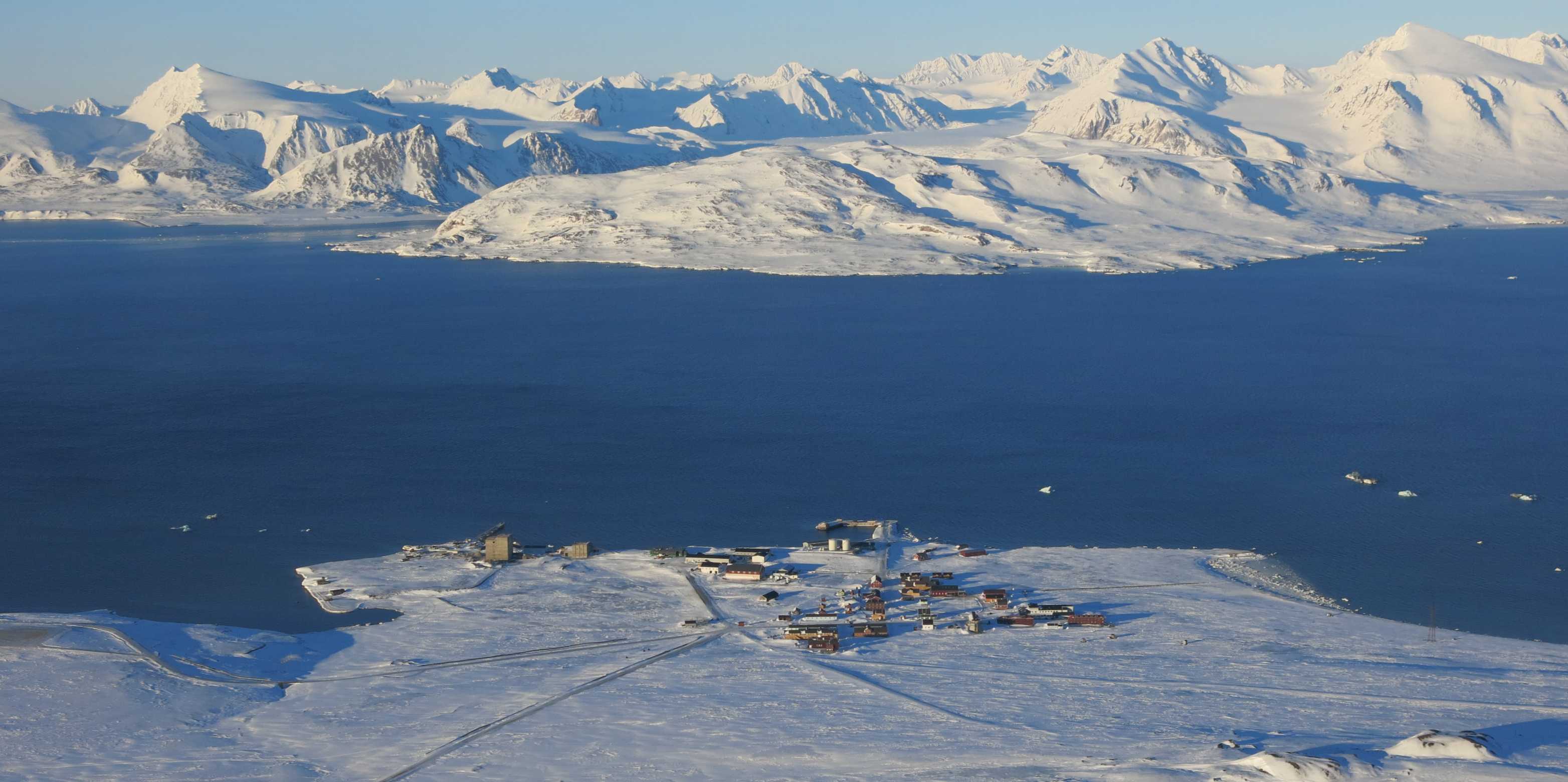
Snow and ice re-emissions control Arctic atmospheric mercury concentrations during summer
In summer, the peak in atmospheric elemental mercury originates from mercury emission trapped in snow and sea ice and not from river inputs to the Arctic Ocean. This is suggested by a new study lead by Stefan Osterwalder (ETH Zurich) and Jeroen Sonke (Université de Toulouse) and co-authored by an international team of researchers investigating mercury isotope signatures in arctic rivers, ocean and atmosphere.
Mercury is a toxic contaminant that impacts human, ecosystems and wildlife health globally and is a pressing concern in the Arctic due to the high concentrations found there. However, there are very few anthropogenic mercury sources located in the Arctic and virtually all toxic mercury originates from outside the region. Elemental mercury (HgO) is relatively inert and long lived and is found in air and the ocean that can be transported long distances, which can take days, months or even longer.
There is a well-known Arctic summertime peak of atmospheric elemental mercury, which has been suggested to come from river and coastal erosion mercury released into the Arctic Ocean. These inputs are assumed to be largely re-emitted from the Arctic Ocean when sea ice declines during summer. A external page new study lead by Stefan Osterwalder (ETH Zurich) and Jeroen Sonke (Université de Toulouse) and co-authored by an international team shows clearly that this is not the case using isotopic analysis. Isotopic signatures are a fingerprint that allows researchers to trace the origin of mercury in air. This new study suggests that in summer, the peak in atmospheric elemental mercury originates from mercury emission trapped in snow and sea ice and not from river and coastal erosion inputs to the Arctic Ocean.
How does mercury end up trapped in snow and sea ice?
During Arctic spring, reactions in the atmosphere transform elemental mercury that has arrived in the region from distant sources to divalent mercury that sticks on snow, ice, and other surfaces. Divalent mercury can transform to methylmercury which is highly toxic and may eventually be integrated into the Arctic food web, effecting humans and ecosystems. Mercury trapped in snow and ice, can be re-emitted to the atmosphere as elemental mercury when there is sunlight available, especially during summer. These new findings have important implications for our understanding of how the Arctic Ocean, cryosphere (including snow and sea ice), and terrestrial systems control the lifecycle of mercury. Subsequently, we need to investigate how regional and global climate change, e.g. permafrost thaw or the rapidly melting cryosphere affect Arctic mercury cycling.
Science understanding these processes and what controls mercury cycling on regional to global scales is also important in order to deliver on commitments made as part of the Minamata Convention, which is a global treaty to protect human health and the environment from the adverse effects of mercury. The Arctic region is particularly important for this international treaty due to the high mercury concentrations found in human (especially native populations traditional hunting and fishing for food), beluga whales, polar bears, seals, fish, eagles and other birds within the region.
Reference
Araujo, B.F., Osterwalder, S., Szponar, N. et al. Mercury isotope evidence for Arctic summertime re-emission of mercury from the cryosphere. Nat Commun 13, 4956 (2022). external page https://doi.org/10.1038/s41467-022-32440-8